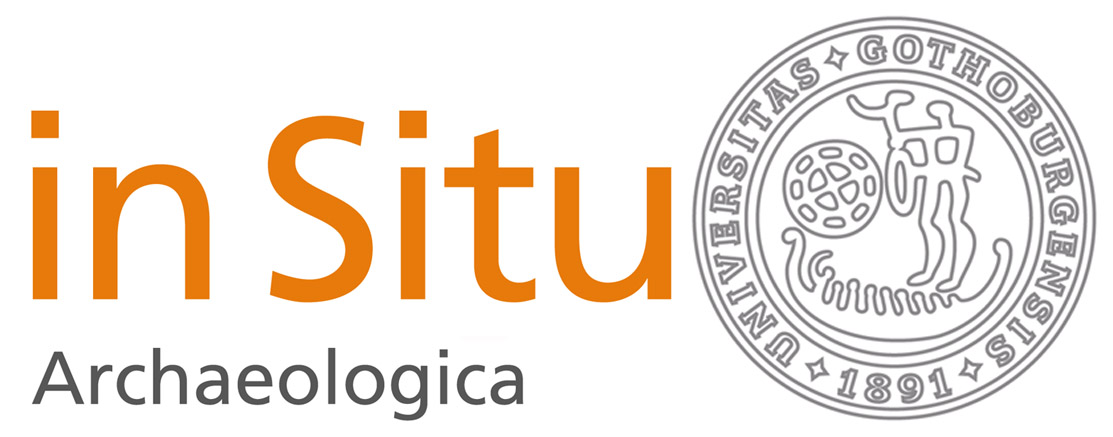Gravstolpar och långtida meningssammanhang - Begravningsplatsen i Vittene
DOI:
https://doi.org/10.58323/insi.v4.12748Nyckelord:
Järnålder, Gravar, urnor, Vikingatid, MedeltidAbstract
The article discusses the results of the excavations of the burial ground at Vittene in the county of Västergötland. The oldest monument in the burial ground is a singular Bronze Age stone-setting. During the Late Pre-Roman Iron Age a number of urn graves are located immediately to the south of this monument. One of the aims is to clarify how Pre-Roman Iron Age urn graves originally were visualized above ground. The results show that large wooden posts in some cases were used to mark the individual graves during this period. The burial ground was abandoned in the first century AD. Almost 800 years later, in the Viking Age, the ancient burial ground has become ”recolonized”. Several circular stone-settings, larger mounds, stone circles and a shipformed monument are constructed. The last burials are 11th century inhumations conducted in rectangular stone-settings, thus indicating influences from christian burial customs and traditions. The authors interpret the Viking Age re-use of the ancient burial ground as a projection of the past, the cult of ancestors and myths into the landscape. In the Viking Period the old graves and the whole burial ground became the focus for a population´s collective memories. Through the re-use society created its history.
Nedladdningar
Downloads
Publicerad
Referera så här
Nummer
Sektion
Licens
Författare som bidrar till In Situ Archaeologica har givit sitt medgivande att publicera sina artiklar under en Creative Commons-licens. Den ger tredje part vissa rättigheter till att nyttja materialet. Rättigheterna styrs av vilken licens verket är publierad under. Det åligger tredje part att sätta sig in i verkets creative common licens innan materialet används i eget syfte. Det är alltid författaren som har copyright till verket och allt nyttjande av tredje part förutsätter att ett tydligt erkännande ges till verkets upphovsperson, att en länk till licensen tillhandahålls.



